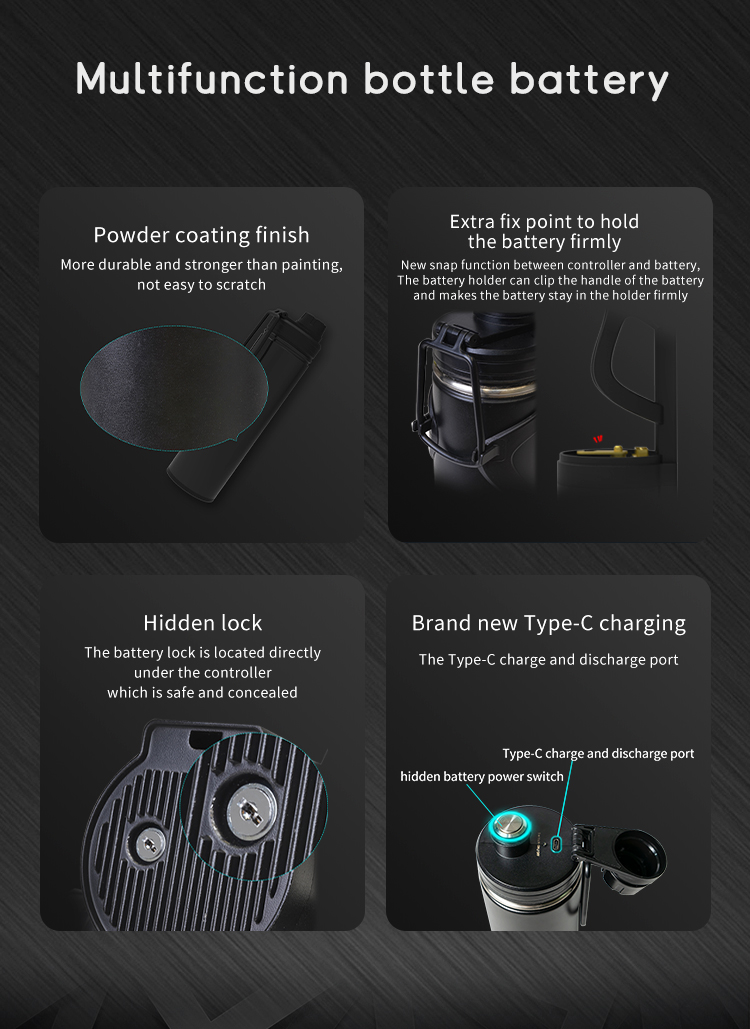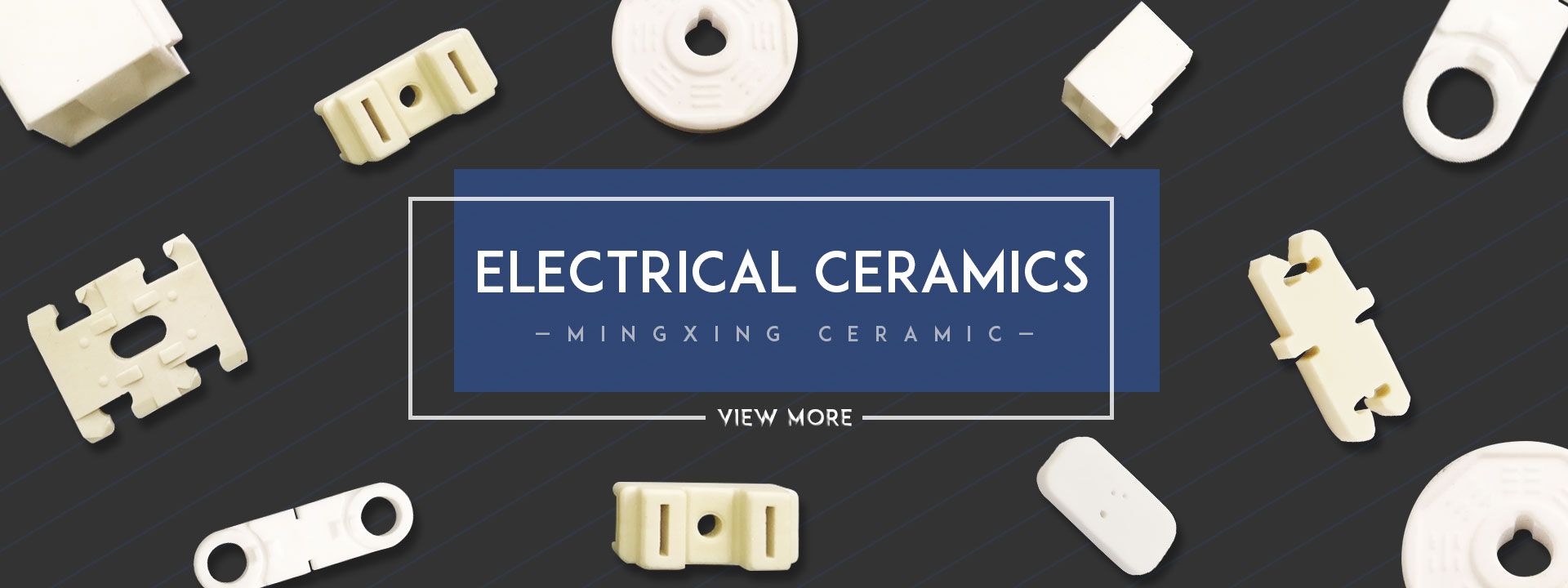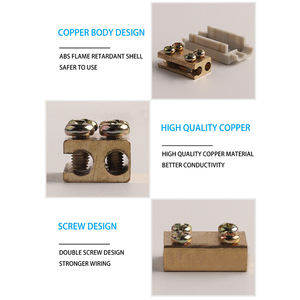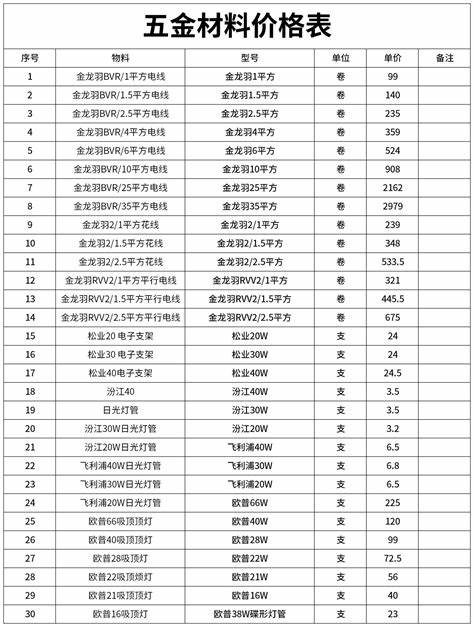Electrical Hardware Fittings: A Comprehensive Guide
This comprehensive guide to electrical hardware fittings provides a detailed understanding of the various types and their applications. From simple to complex, this guide covers it all, including connectors, switches, and sockets. It is essential for any electrical engineer or technician to have a good understanding of these fittings to ensure safe and efficient installation. By referring to this guide, you can quickly identify the right type of fitting for your specific application, saving time and money in the process.
Electrical hardware fittings are essential components in the construction and maintenance of electrical systems. These fittings, also known as electrical connectors, serve to join, disconnect, or redirect the flow of electricity within a system. As such, they play a crucial role in ensuring the smooth and efficient operation of electrical systems in various applications.
Types of Electrical Hardware Fittings
There are several types of electrical hardware fittings, each designed to meet specific needs within an electrical system. Common types include:

1、Plugs and Sockets: These fittings are used to connect and disconnect electrical devices from power sources.Plugs typically have a male-type connection that fits into a female-type socket. Sockets can be fixed or movable, depending on the application.
2、Switches and Relays: These fittings are used to control the flow of electricity within a system. Switches allow users to turn devices on and off, while relays are used to automatically control the flow of electricity based on certain conditions.
3、Fuses and Circuit Breakers: These fittings are designed to protect electrical systems from damage caused by excessive current or short circuits. Fuses are single-use devices that will blow if the current exceeds a certain limit, while circuit breakers can be reset after tripping due to fault conditions.
4、Adapters and Extenders: These fittings are used to convert between different types of connections or to extend the length of cables. Adapters allow users to connect devices with different shapes or sizes of connectors, while extenders provide additional length to cables for greater flexibility in placement of devices.
Materials Used in Electrical Hardware Fittings
Electrical hardware fittings are typically made from conductive materials that can withstand the heat and mechanical stress generated by the flow of electricity. Common materials used in their construction include:

1、Copper: Copper is a good conductor of electricity and is commonly used in wires and cables. It is also resistant to corrosion and can withstand high temperatures.
2、Aluminum: Aluminum is another good conductor that is lightweight and less expensive than copper. It is commonly used in power lines and cables, as well as in some types of switches and sockets.
3、Steel: Steel is a strong and durable material that can withstand mechanical stress well. It is commonly used in making cables and wires, as well as in some types of switches and sockets that require additional mechanical support.
4、Plastic: Plastic is commonly used in making non-conductive parts of electrical hardware fittings, such as casing and handles. It is lightweight and easy to mold into different shapes, but it is not a good conductor of electricity.
Applications of Electrical Hardware Fittings
Electrical hardware fittings have a wide range of applications in various industries and fields. Some common applications include:

1、Construction: In construction projects, electrical hardware fittings are used to connect power sources to various electrical devices, such as lights, fans, and heaters. They also help to protect against electrical faults by providing grounding points and using circuit breakers to trip if there is an overload or short circuit.
2、Automotive: In automobiles, electrical hardware fittings are used to connect the battery to the various systems that require electric power, such as the starter motor, ignition system, and headlights. They also help to protect against electrical shorts by using fuses and circuit breakers.
3、Industrial Machinery: In industrial machinery, electrical hardware fittings are used to connect motors, switches, and sensors to the power source and provide grounding points for safety reasons. They also help to protect against electrical overloads by using circuit breakers that can trip if there is too much current passing through them.
4、 Electronics: In electronics, electrical hardware fittings are used to connect electronic components to each other or to a power source. They can also help protect against electrical faults by using fuses or circuit breakers that can be reset after they have tripped due to a fault condition being corrected by the user or engineer concerned .
Articles related to the knowledge points of this article:
Aluminum Plastic Door and Window Hardware Fittings
Manufacturing Excellence: The Art of Machine Tool Hardware Processing in a CNC Machine Shop
A Journey of Naming: Creating a Unique Name for a Hardware Accessory



